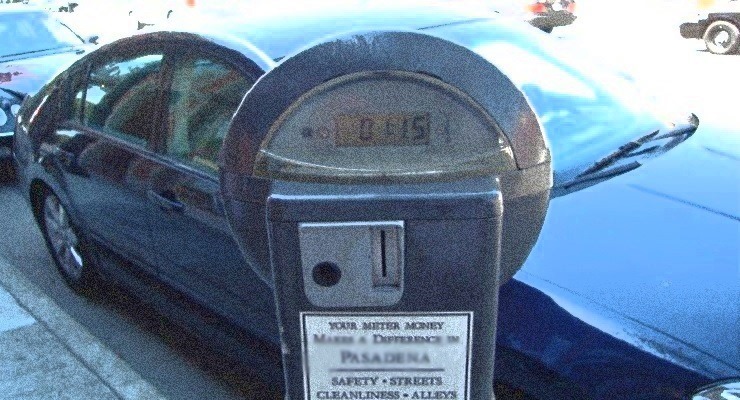
Following the successful 2008 passage of Measure TT and last year’s overwhelming approvals by voters of Measures I and J, the Pasadena Unified School District may seek a bond measure in 2020 to more fully finance the district.
“The schools have many needs that we couldn’t afford to do with the funding from Measure TT,” said PUSD Board member Scott Phelps Monday. “So the goals would be to address those many needs. I do support such an effort.”
The $350 million Measure TT bond initiative was passed to repair and upgrade Pasadena Unified’s aging and deteriorating campuses. Last year’s successful Measures I and J are poised to raise an additional yearly $7 million in sales tax indefinitely, for the District.
Over the last five years, however, the District has suffered from decreasing enrollments in its schools. Overall school attendance numbers are tied to state funding, and lower attendance means fewer state dollars.
Supporters of the bond measure say that over the past two-and-a-half decades the District has grown 5.37% in value yearly, to the point where it now carries a bonding capacity of $1,052,468,462.
According to an agenda report for Thursday’s School Board meeting, the proposed bond’s timeline would begin in March or April 2019, with the Board interviewing and possibly hiring a survey consultant/Communication Consultant.
The Board would then meet on April 25, 2019, to discuss the actual bond process. From Monday, April 29 to Friday, June 21, the consultant would poll the community regarding the possibility of the bond, and then poll results and recommendations would be submitted to the Board on July 25, 2019.
Should the survey results be positive, the Board would meet on Thursday, June 25, 2020, to adopt two resolutions— a resolution ordering an election, and a resolution requesting consolidation with other elections, authorizing the Tax Rate Statement, and authorizing Board Members to sponsor ballot arguments.
There are five bond scenarios presented in the District report, with tax rates from $20 to $60 per $100,000, and a payment ratio of 1.87 or 1.88 to 1. The bonds would mature in 2052.
All of the bond scenarios, as presented in the PUSD’s report, reflect the same assumptions—a 4.00% Assessed Value growth for Fiscal Year 19-20 and 4.00% annual growth thereafter; a 15-year MMD average ‘A’ rated scale per maturity plus 30-120 basis points; and a 30-year maximum term per bond issue.
A January 2019 report on last year’s midterm elections—including local elections—by the research firm of Fairbank, Maslin, Maullin, Metz and Associates, noted that “many of the factors that bolstered local finance measures in 2018 appear unlikely to shift dramatically over the next 14-23 months—while new developments appear to have the potential to reinforce them.
The report is part of the District’s agenda for this Thursday’s meeting.
“At the same time,” the report said, “several potential obstacles that could negatively impact support for local finance measures in 2020 may be mitigated by the actions of the newly-expanded Democratic supermajorities in the California legislature and the state’s ambitious new governor, Gavin Newsom.
The report also noted that “2020 will be the first election cycle in which many California voters will feel the full force of the federal tax changes enacted in 2017, including the new limits on deductions for State and Local Taxes (SALT).
Countering the electorate’s optimistic climate, the report stated that “The limit on SALT deductions could influence voters’ willingness to support new local finance measures that involve increases to local property taxes such as school bonds – particularly in communities with high property values where the deduction limit is likely to increase the federal tax liabilities of a greater proportion of the local electorate.”
Pasadena Unified currently holds credit ratings of “Aa3” with a negative outlook by Moody’s Investors Service, and “A+” with a stable outlook for S&P Global Ratings. The “Aa3” is considered a “high grade,” meaning the District has a “very strong” capacity to meet its financial commitments. It differs from the highest-rated obligors only in a small degree, said the report.
The “A+” grade is considered Upper Medium Grade, and means that the District has a “strong” capacity to meet its financial commitments, but is “somewhat more susceptible to the adverse effects of changes in circumstances and economic conditions than obligors in higher-rated categories.”
Among the District’s credit strengths, said the report, are its central location in the Los Angeles region, very strong income levels, and a large assessed valuation.
The District also faces credit challenges, said the report, in a diminished fiscal position, its declining enrollment trend, and its limited expenditure flexibility.
















